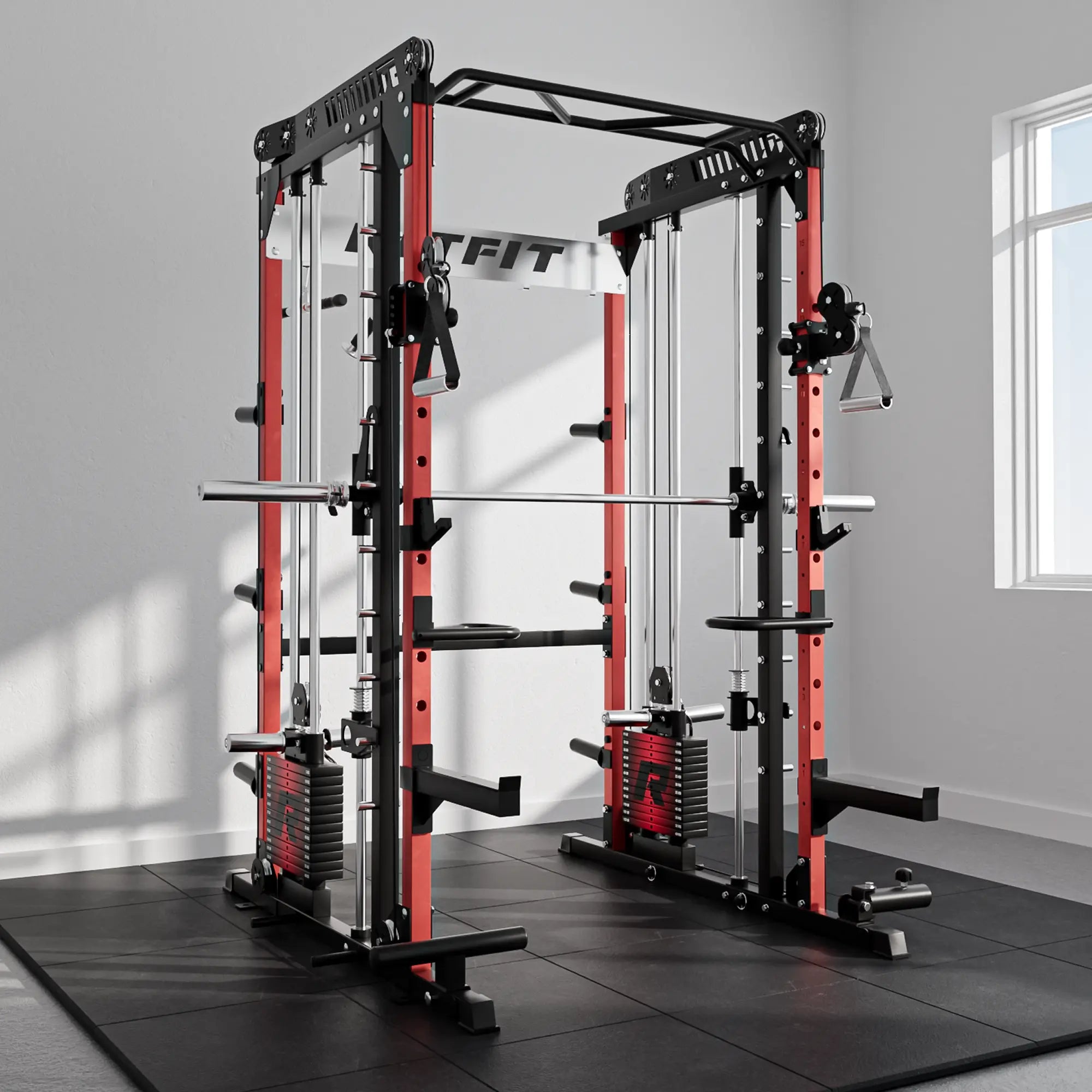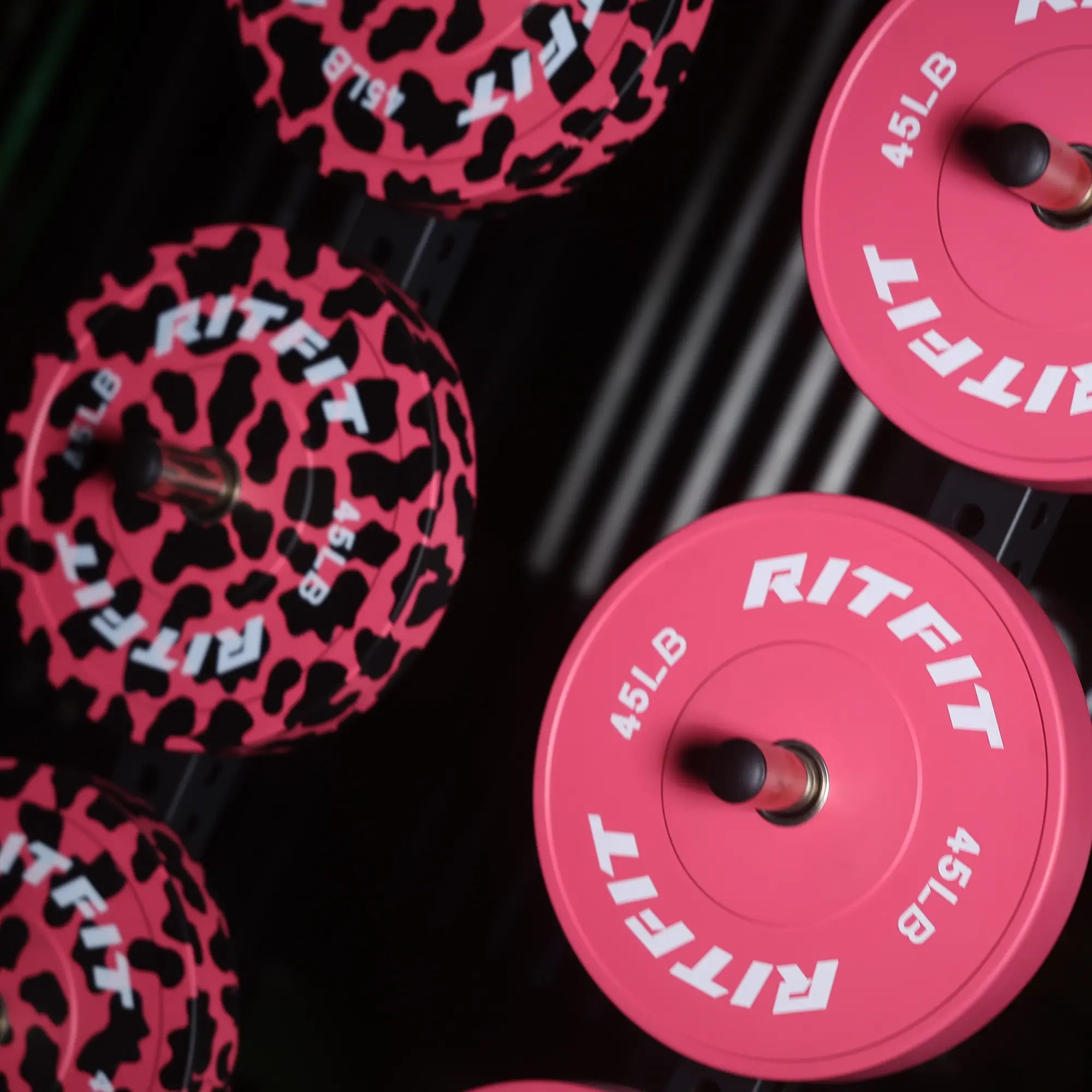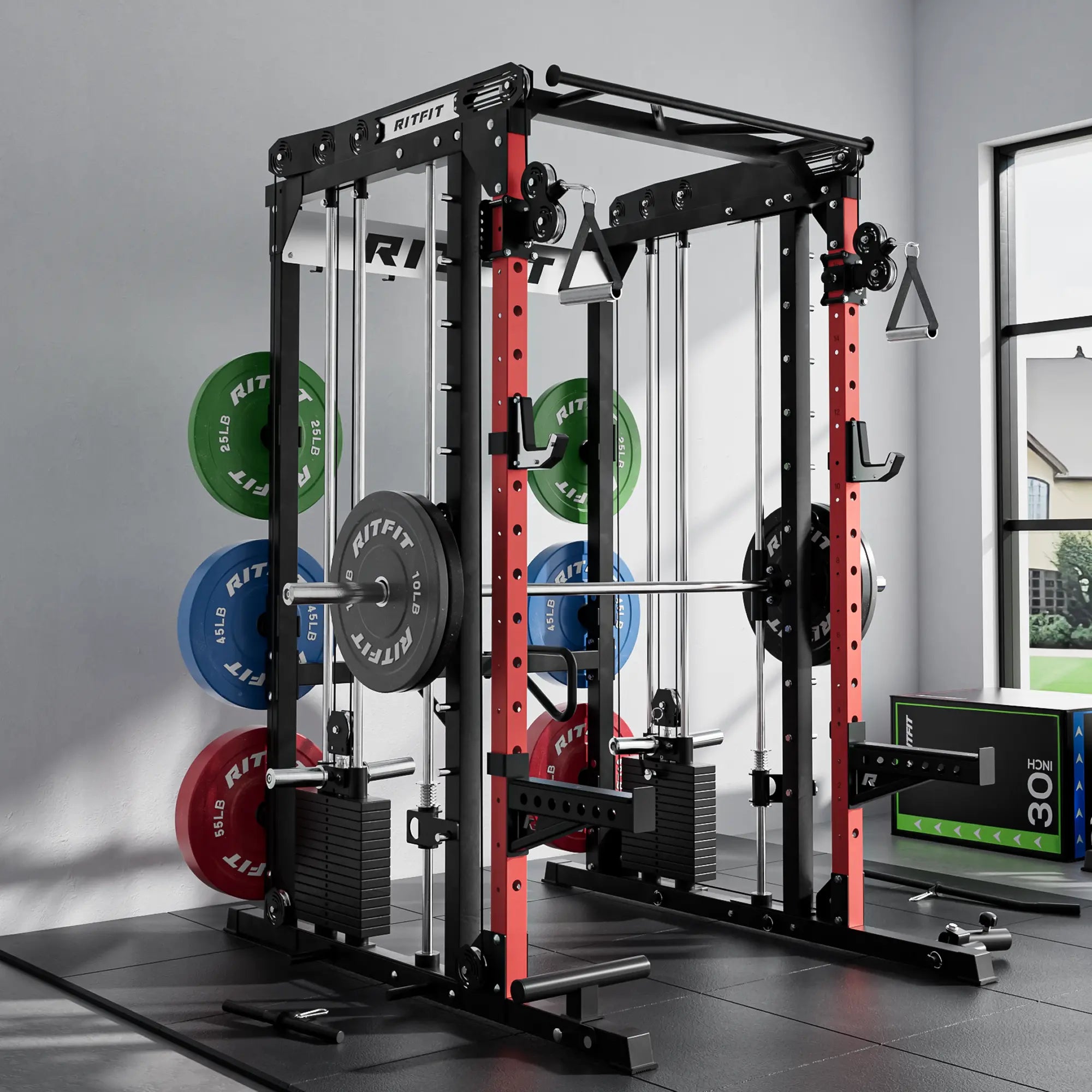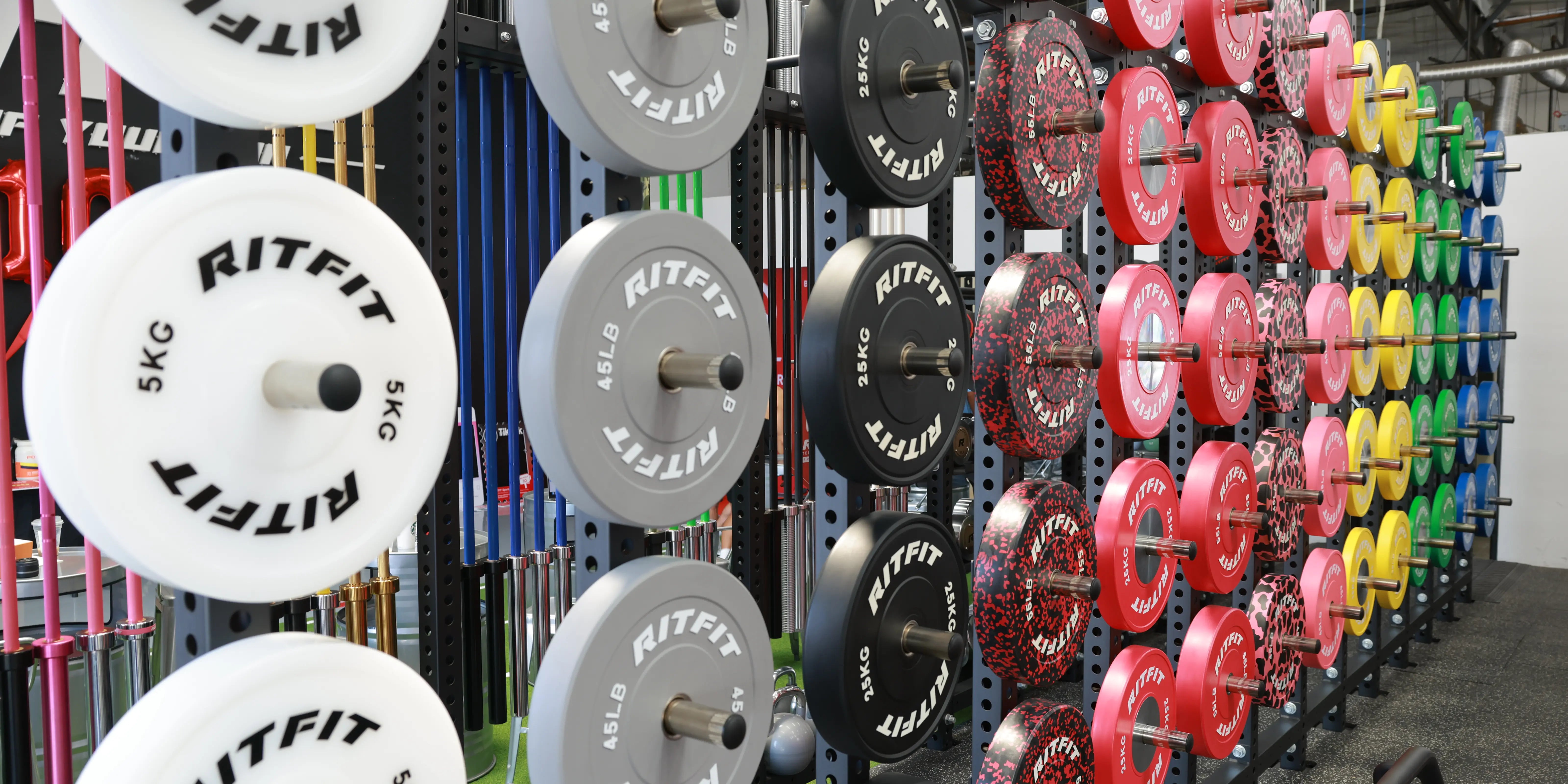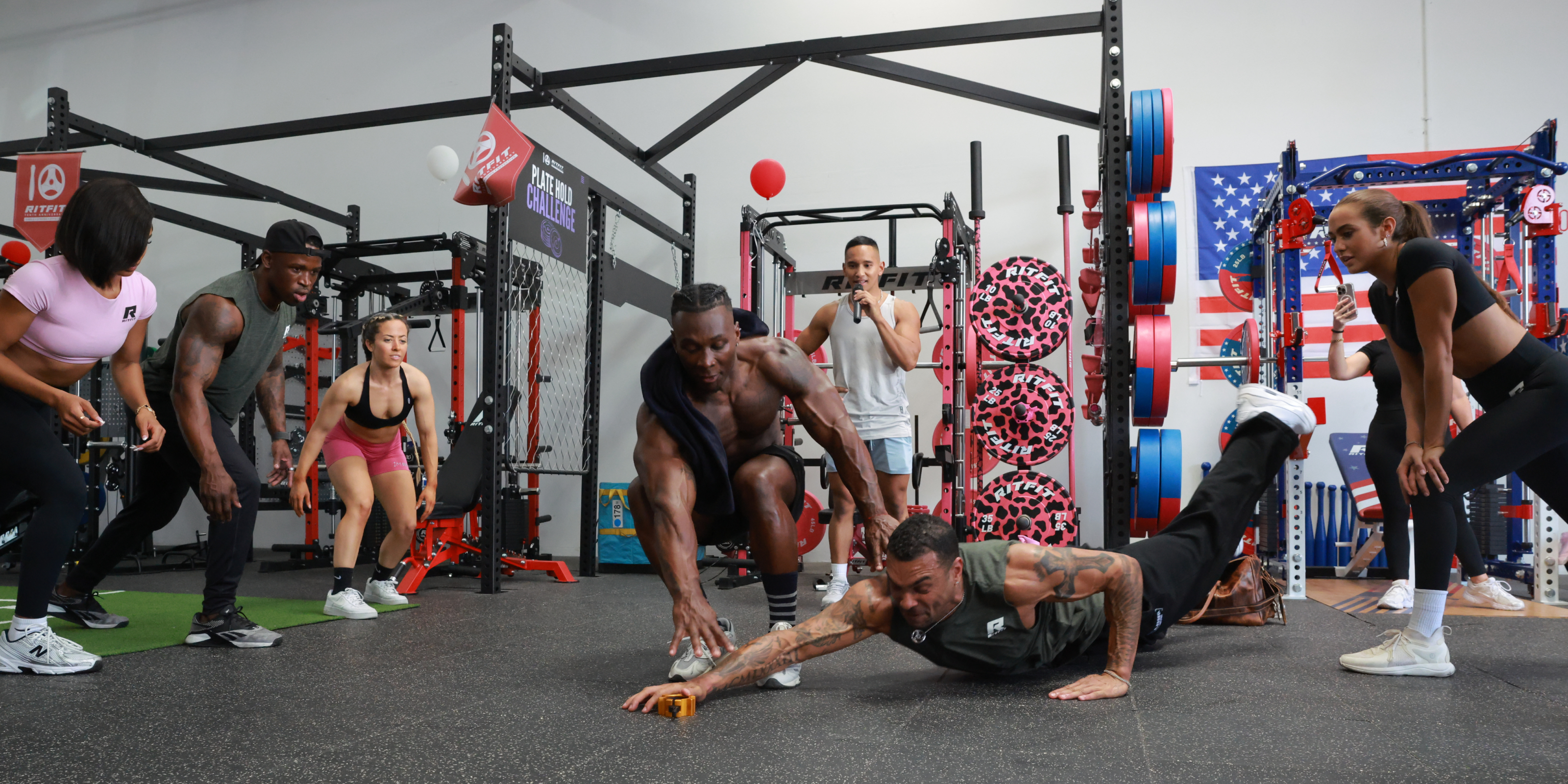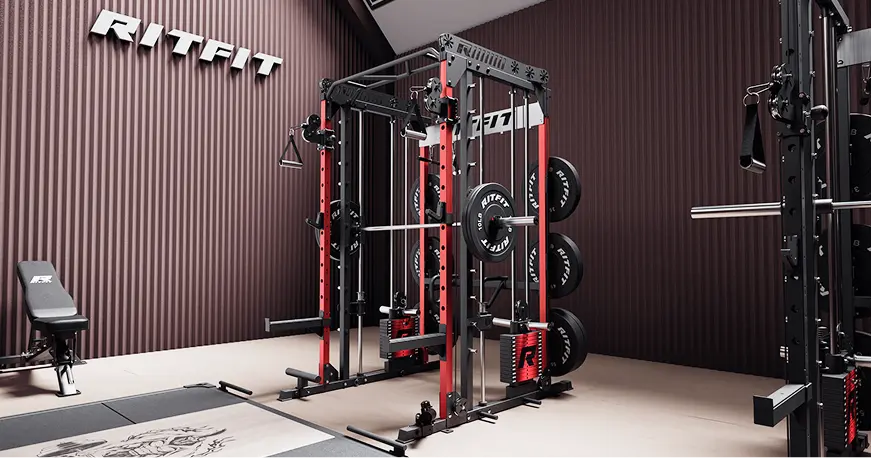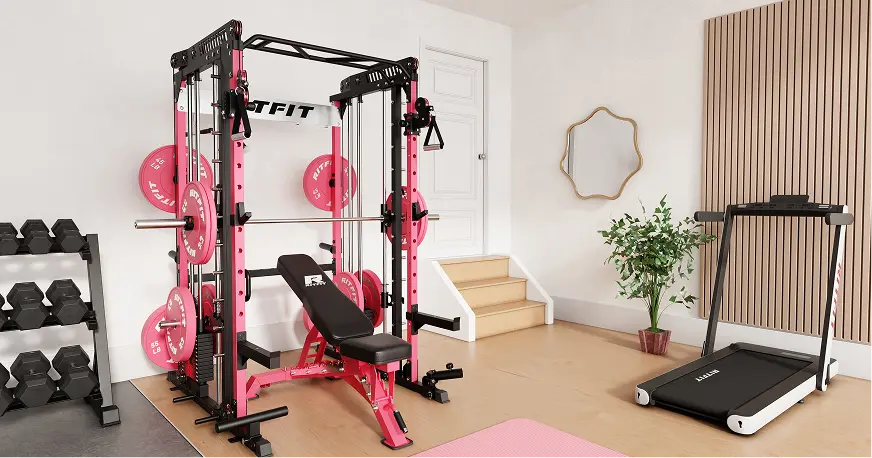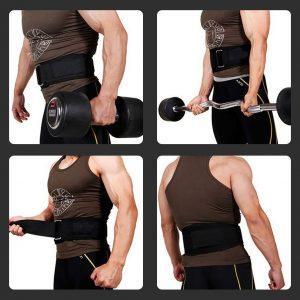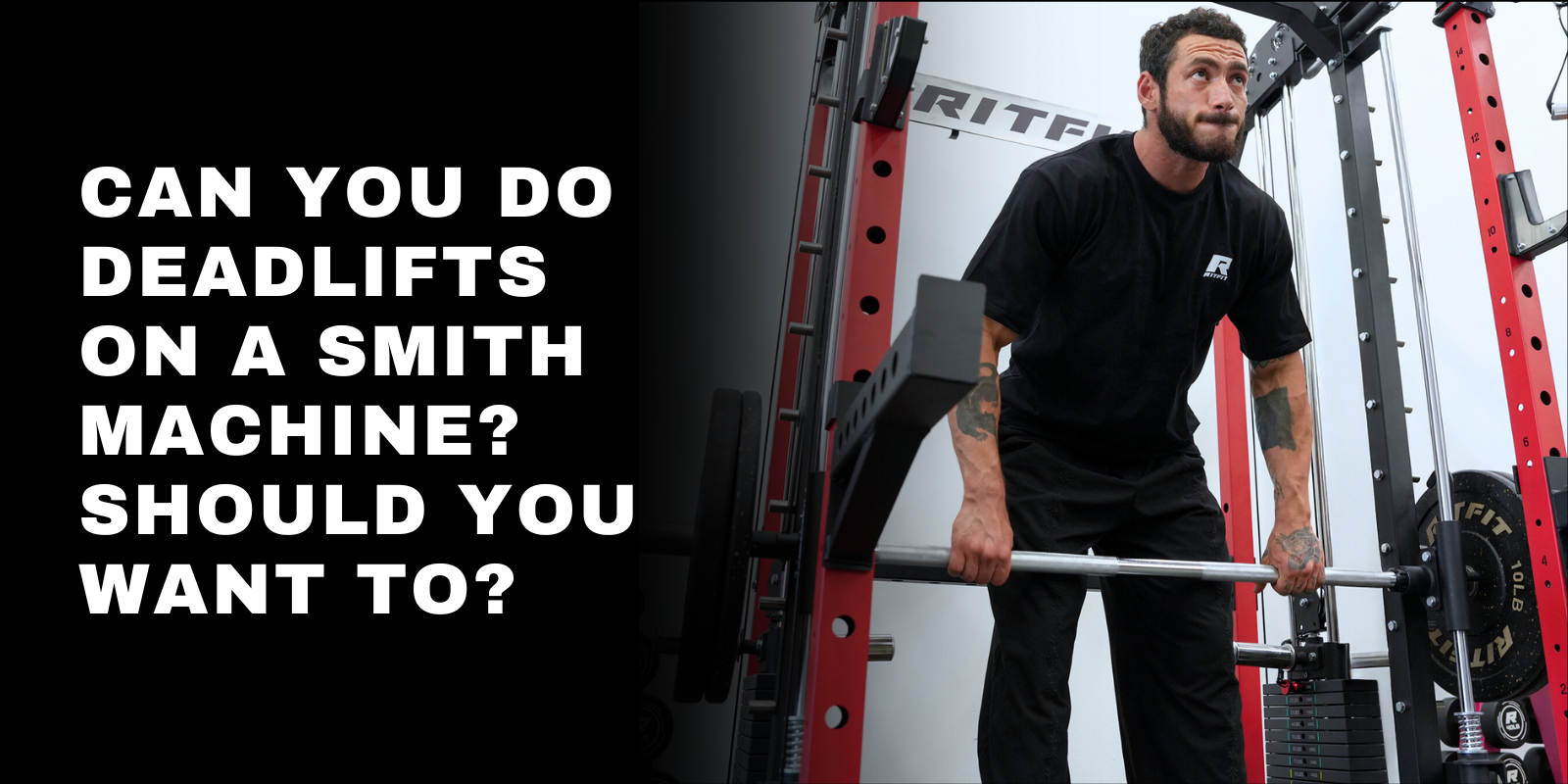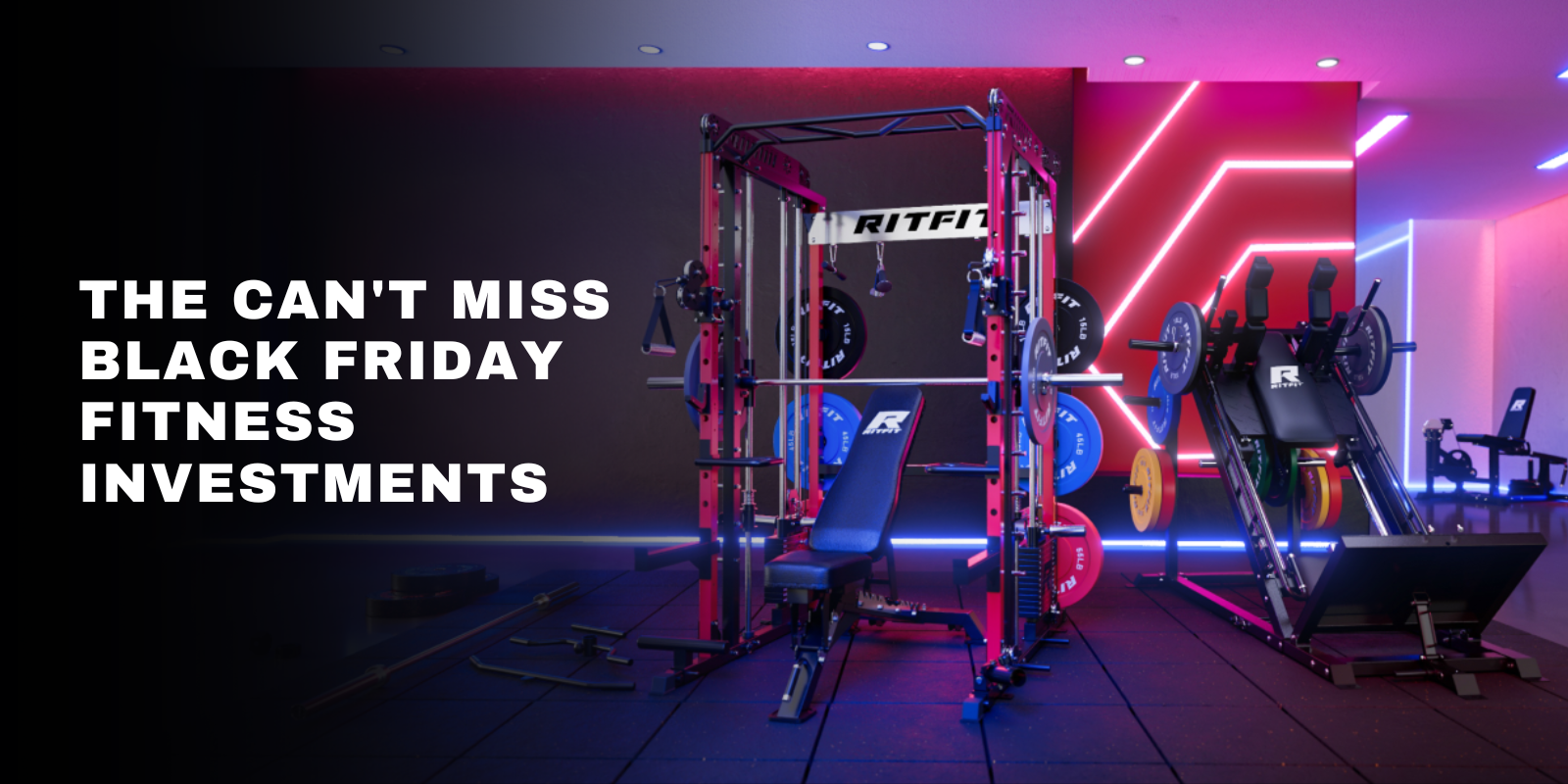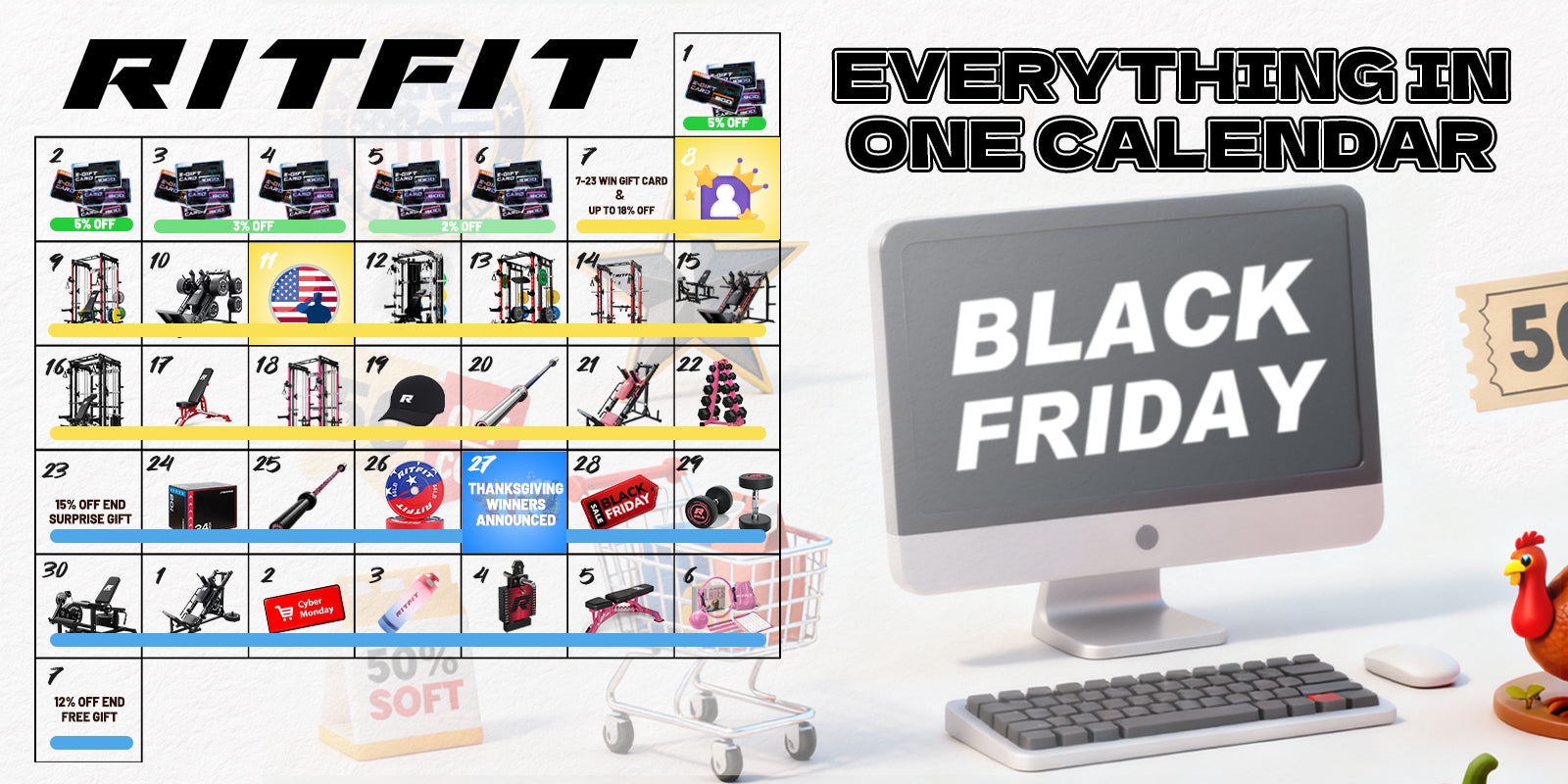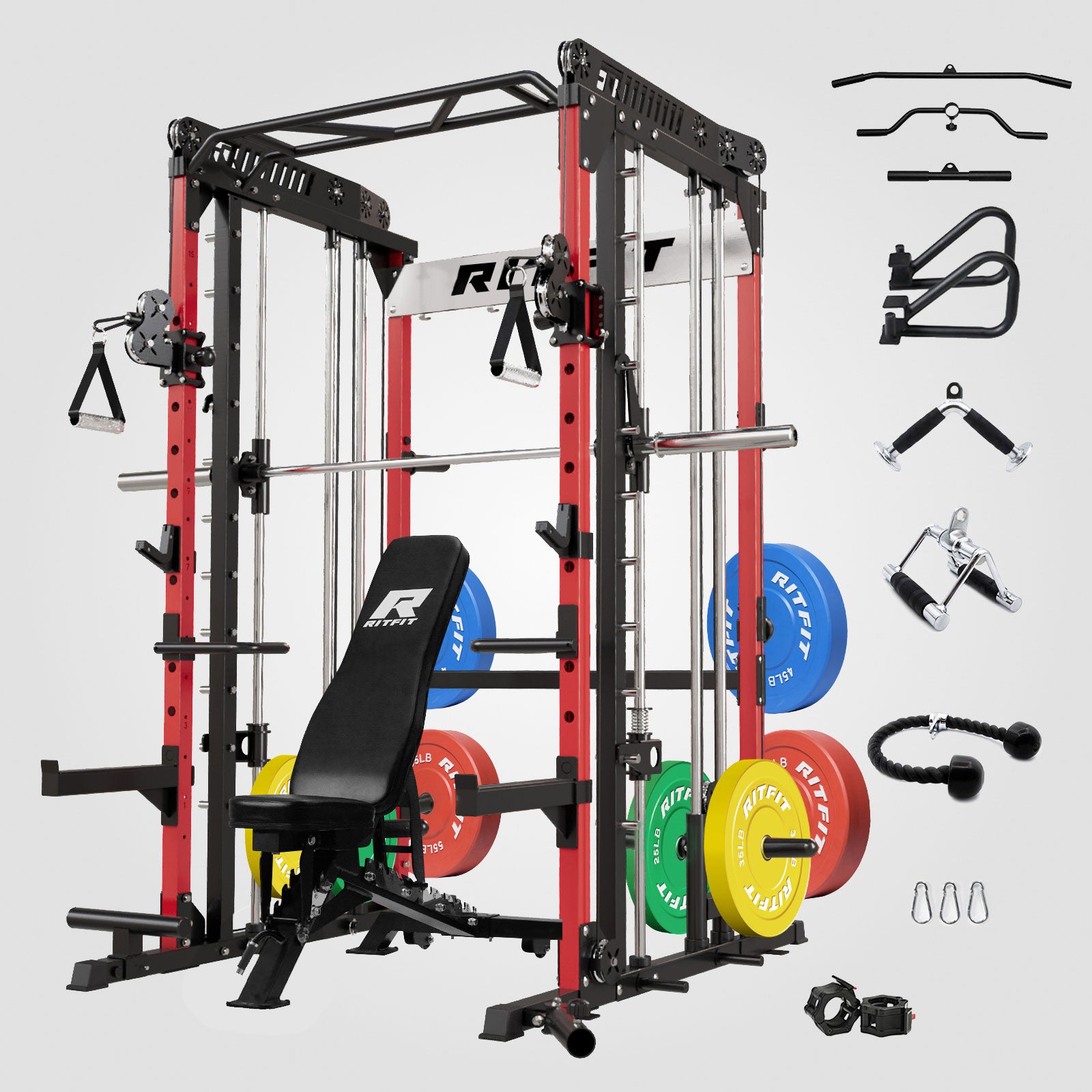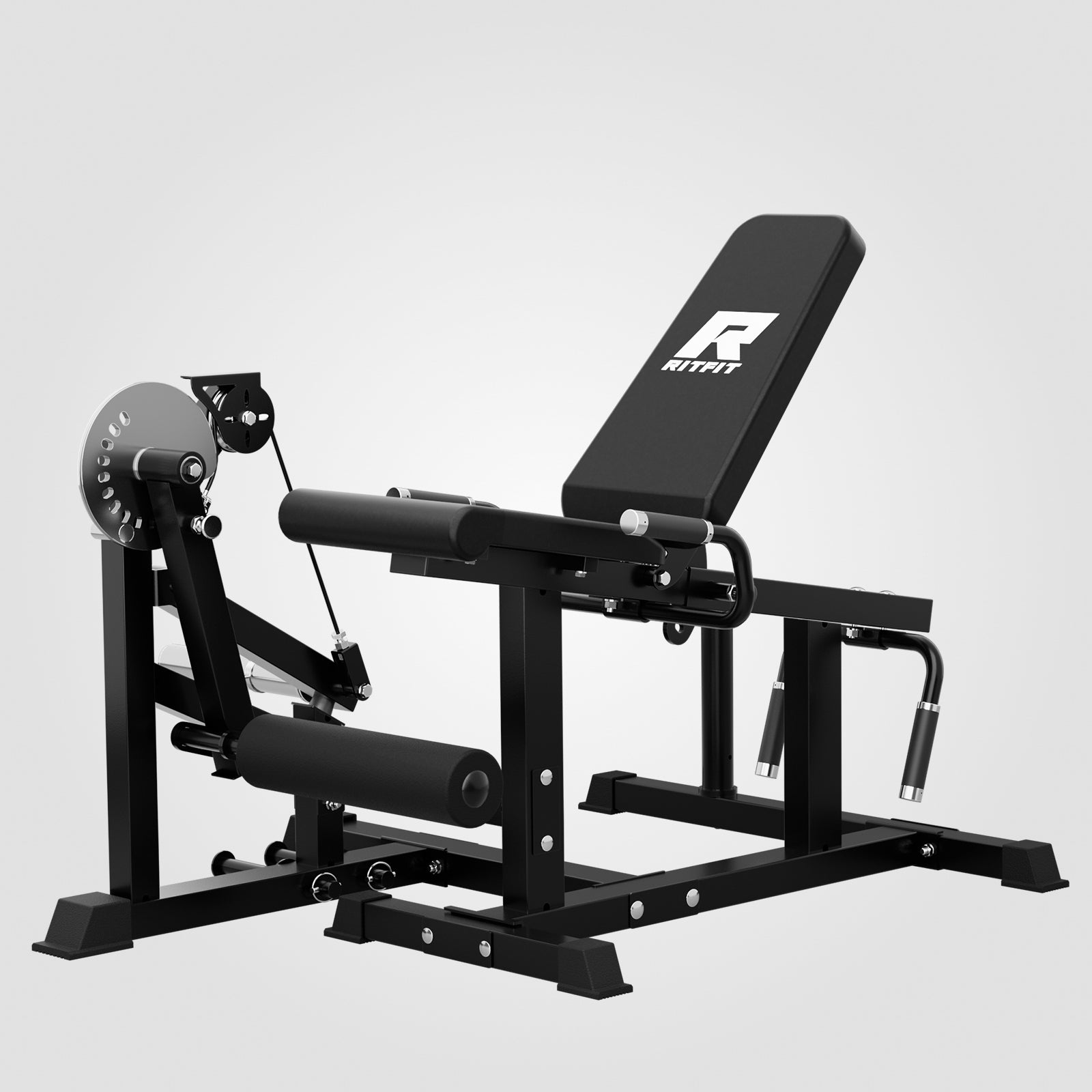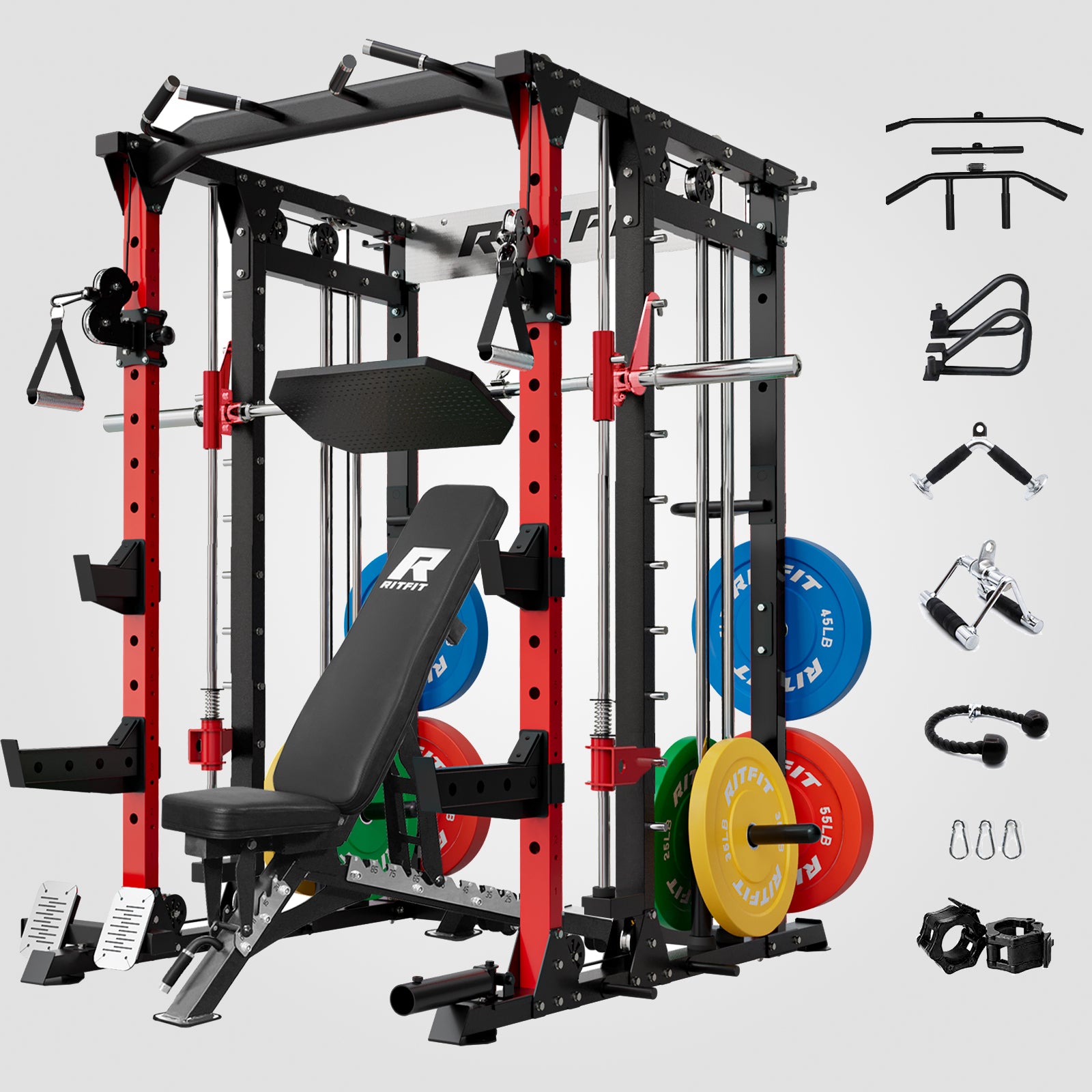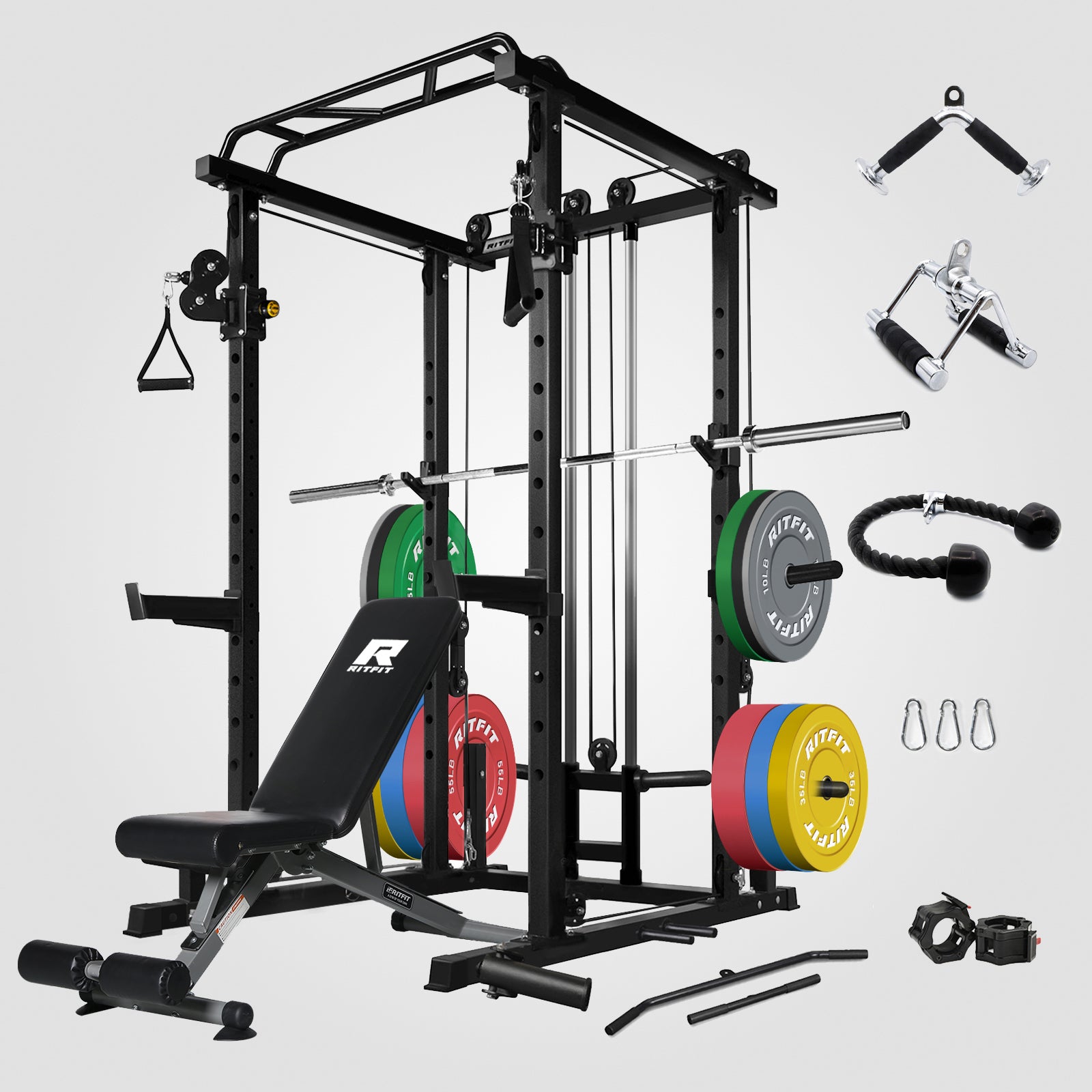Walk into any health club and you’ll likely see some ‘fitness’ guy walking around the weight room wearing a cushy weightlifting belt on his abdomen. Weightlifting belts are nothing new in the fitness world, but what most people don’t realize is they are completely unnecessary for healthy individuals. In my experience, unless you are a competitive power lifter you probably don’t need one. And if you’re that guy in the weight room concerned with building huge muscles and looking good naked you definitely don’t need one.
Many believe a weightlifting belt will help prevent injury, protect your back, increase strength, improve your form, and help you function better—all of which are false. In fact, constantly wearing a weightlifting belt cause problems by giving you a false sense of security, and, in some cases, cause muscular imbalances and injuries.
Stuart McGill PhD, author of some great books on spinal mechanics, notes that motor and motion patterns are altered by wearing a belt, thus increasing the risk for injury when the belt is not worn.What’s more is that those who are injured actually risk a more severe injury when using a belt!
So, when and how to wear a weightlifting belt? Here is some thing you must know before using it.
- What's Your “Inner” Weightlifting Belt
- When To Use A Weightlifting Belt
- How to Wear A Weightlifting Belt
- How to Choose A Best Weightlifting Belt
Now let's dive in.
1. What's Your “Inner” Weightlifting Belt?
Your body comes fully equipped with an “inner” weightlifting belt that’s primary purpose is to stabilize your spine and prevent injury to that area. You have your rectus abdominis (abs) in the front, internal and external obliques on the sides, and erector spinae in the back just to name a few.
Assuming you’re healthy, these muscles should do a great job on their own. When you perform daily tasks and lift properly your core musculature should be all that you need to support your spine. You may be limited in how much weight you can lift, but the whole reason you are lifting weights is to get stronger, right?
2. When to Use A Weightlifting Belt?
Now that that stuff is out of the way let’s talk about when to use a weightlifting belt. As I mentioned before, powerlifters utilize belts to lift ungodly amounts of weight in the squat and deadlift exercises and most have exceptionally healthy backs. What gives?
For one thing, most seasoned lifters only use the belt at or above 90% of their estimated or calculated 1RM (rep max). This means they only utilize the belt for their heaviest lifts in training and competition and NOT as a means to protect or strengthen their core.
For those new to powerlifting, when I train, I may recommend using the belt at or above 80-85% of their estimated 1RM in order to get used to the belt and have a smoother lift.
It is important to note that the main reason lifters use the belt is NOT to prevent injury but to increase the efficiency of their core musculature in order to lift heavier weight than would be attempted without one. The belt will assist in creating extra intra-abdominal pressure (IAP) and stabilize the torso to prevent buckling of the lumbar spine.
3. How to Wear A Weightlifting Belt?
A common misconception among those who use weightlifting belts properly is that you are supposed to ‘push’ your stomach out against the belt during a lift. This is counter-intuitive as doing this will typically result in spinal flexion – the thing most people are trying to prevent in the first place. Since the belt is used to create IAP, make sure you wear it around your abdomen and not your hips.
How tight should a weightlifting belt be? Make sure not too tight as it can cut off circulation and prevent proper contraction, but fits snugly. To use it during a lift, just put it on tight and forget it’s there: use your core the way you normally would. Your abs will work harder just by having the belt there, which is exactly what you want.

4. How to Choose A Best Weightlifting Belt?
For those of you who are looking to train and train heavy, having the proper equipment is essential. This includes a good weightlifting belt. Most commercial gyms may have one on hand but they are typically ones that are poorly made, taper in the front, or are made of Nylon. These are useless as they do not provide proper support around your whole midsection.
Remember, you want to create IAP, which involves all the muscles in your trunk, not just your back. A good weightlifting belt is typically made of several layers of tough leather with a width of 4” all the way around. They will take a little while to break in but once you do it is well worth it. It may cost you a few extra dollars but you get what you pay for: a decent belt will literally last you forever!
Summarize
At the end of the day, using a weightlifting belt can both help and hinder progress. It should NOT be used as a Band-Aid for a previous injury or low back pain. It can throw off the movement patterns and muscular balance that are necessary for everyday tasks, so use caution before using one to try to improve core strength.
For those with the goal of raw strength training like a powerlift, a belt should only be used for the heaviest lifts and NOT all the time.
As a general rule of thumb, a beginner can use a belt when lifting over 85% of his 1RM and someone with a little more experience under their belt (pun intended) can get away with only using it at or above 90% of their 1RM. Happy lifting!
SPECIFICATION
Width: 6 inch
Fit Size: 22''-59'' (From S to XXL)
Buckle: Steel Tensioning Buckle
Belt Closure: Velcro closure
Material: Waterproof foam core with brushed tricot lining and softbound edges
Caution: When necessary, please hand-wash and drip dry
Note: Do not use your pant size to determine the size of your belt. To correctly determine the size, please use a tape measure around your back starting and ending at your belly button

